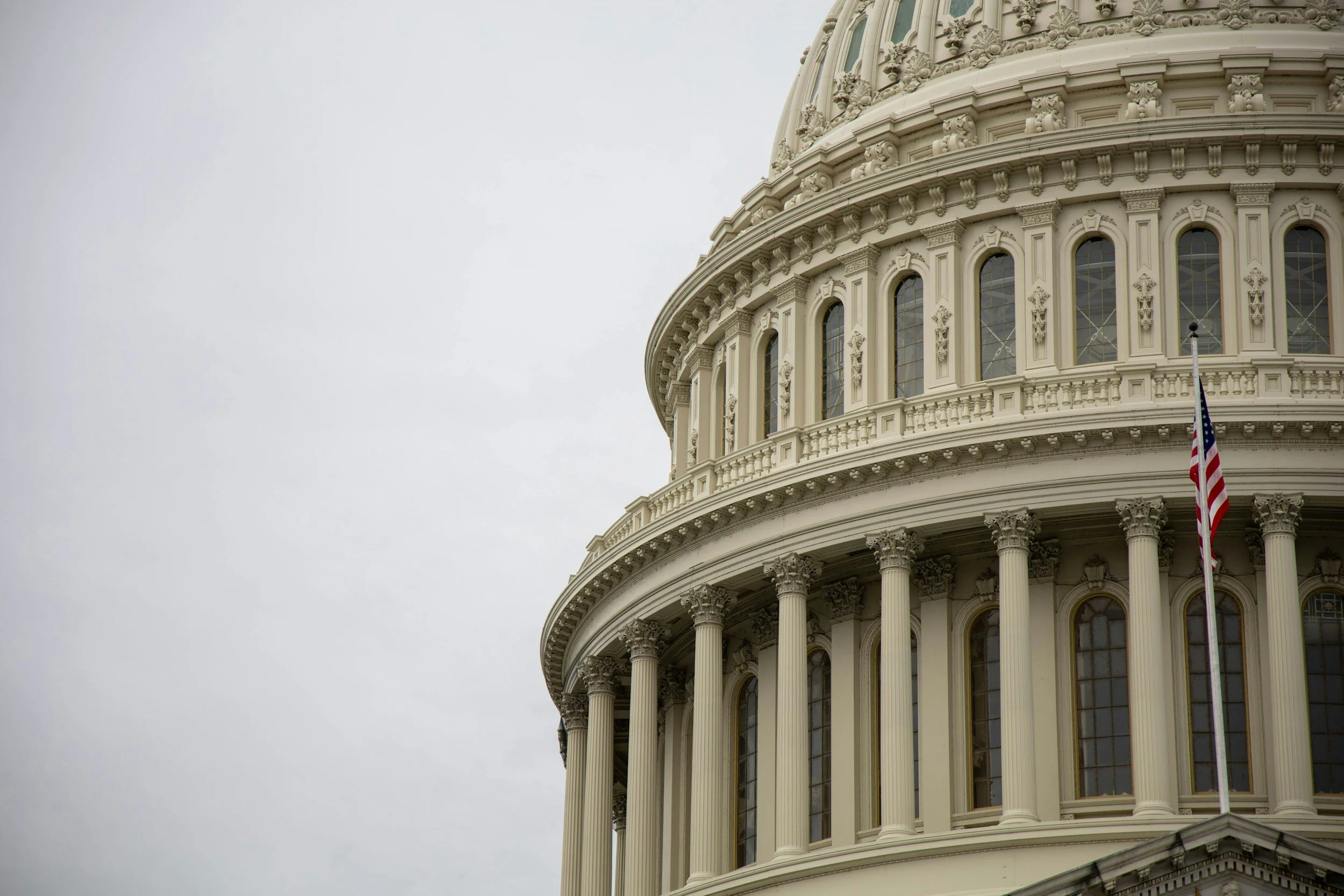H-1B Cap Reached for FY 2023
On August 23, 2022, U.S. Citizenship & Immigration Services announced that it had received enough petitions to meet the congressionally mandated annual 65,000 regular H1B cap and the 20,000 master’s H1B cap for fiscal year 2023. Therefore, because the annual quota of 85,000 total visas has been met for the next fiscal year, USCIS will not conduct additional lotteries.
USCIS has sent non-selection notifications to registrants’ online accounts. The status for registrations properly submitted for the FY 2023 H1B numerical allocations, but that were not selected, will now indicate “Not Selected.” The registration for FY24 will open in March 2024 for the fiscal year beginning on October 1, 2024.
Not Selected in the H-1B Lottery? Consider These Alternatives, Especially for STEM Foreign Graduates.
If you were not selected in the annual H1B lottery, there may be other options to keep talented foreign workers contributing in the U.S. Wondering if the options below might be a fit for you? Call us to discuss the requirements and processing times in more detail.
Pursue PERM/labor certification. So long as the employee is not a national of India or China, employers should consider pursuing the recruitment-based, 3-step green card process which begins with a labor certification.
Under current processing times, the sponsored employee may be able to file for adjustment of status and interim employment authorization for themselves and eligible family members within 12 months.
For those eligible for STEM OPT and not subject to retrogression, the timeline may allow for employment authorization before the end of STEM OPT.
This is a great job market for STEM graduates making it a great time for the labor certification process.
Pursue a National Interest Waiver (NIW).
The Biden Administration has made it a priority to keep STEM foreign graduates in the United States and, thus, if the employee’s research or work is in the national interest, this is a terrific option.
For those eligible for STEM OPT and not subject to retrogression, the ability to concurrently file an NIW Immigrant Petition and applications to adjust status may allow for employment authorization before the end of STEM OPT.
Pursue a nonimmigrant Extraordinary Ability O1 Petition.
This is an option for qualifying noncitizens, including those from India or China, if they can satisfy at least 3 of the regulatory criteria, such as
publication of scholarly articles, preferably first-author and in high-impact journals;
service as a judge of the work of others (e.g., manuscript/abstract review);
original contributions of major significance in the field, as validated by experts; or
nationally or internationally recognized awards or honors.
There is no prevailing wage requirement.
The O1A Petition can be adjudicated within 15 days via premium processing!
Pursue a Treaty Visa. Nationals of the following countries may be eligible for employment visas that are not subject to a cap for certain occupations:
Canada/Mexico: USMCA (TN) classification
Chile/Singapore: H1B1 Specialty Workers
Australia: E3 Specialty Workers
Consider industry-academic partnerships with an institution of higher education to pursue cap-exempt H1B. Employees who work at least part-time for a cap exempt H1B employer (e.g., institution of higher education, affiliated non-profit, etc.) can have an otherwise cap subject employer pursue a concurrent H1B on their behalf for the same duration as their cap exempt H1B employment.
Every situation is unique and multiple factors can influence eligibility for classifications. If you have missed out on selection in the FY2023 H1B Lottery, consider whether another path may be available.





